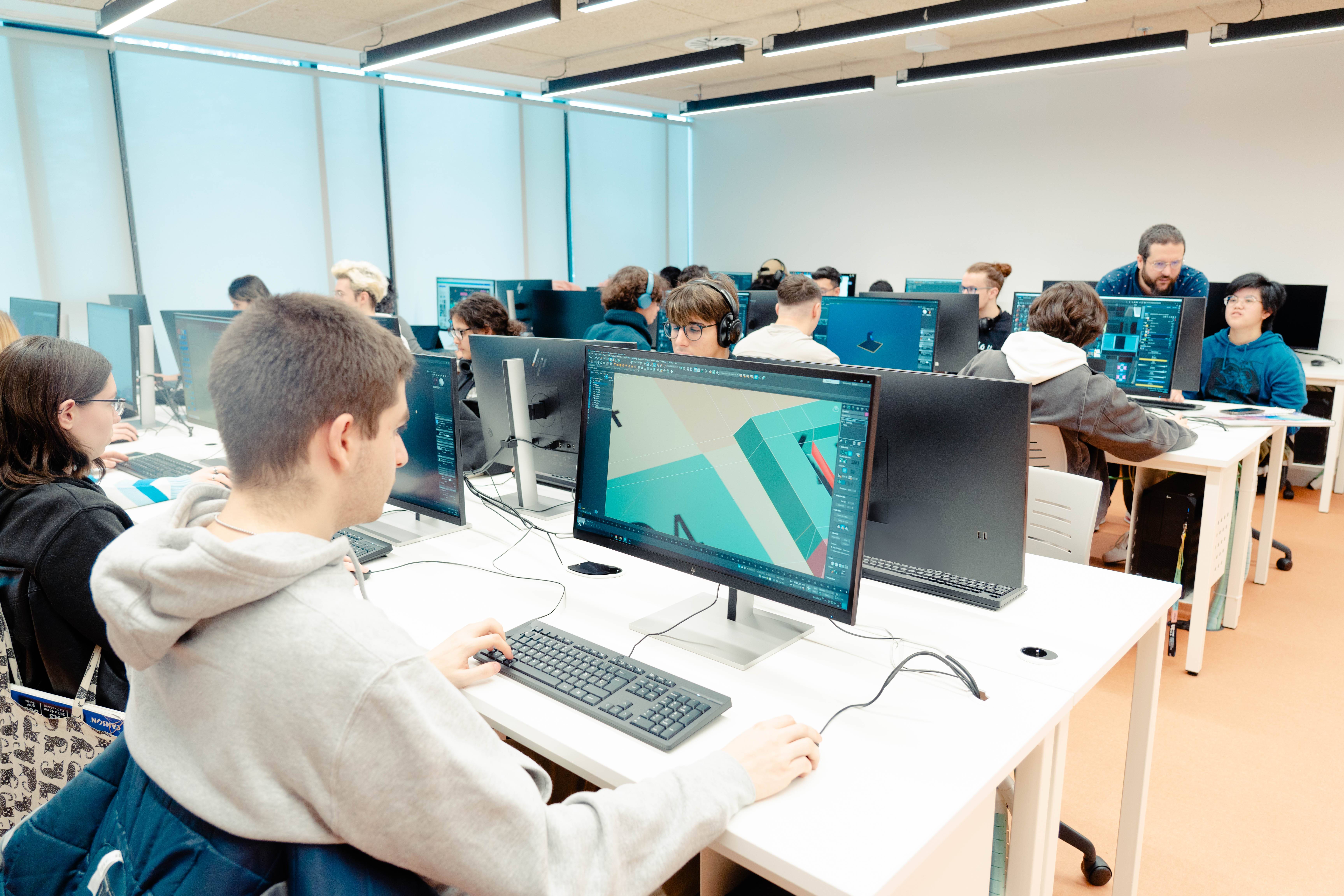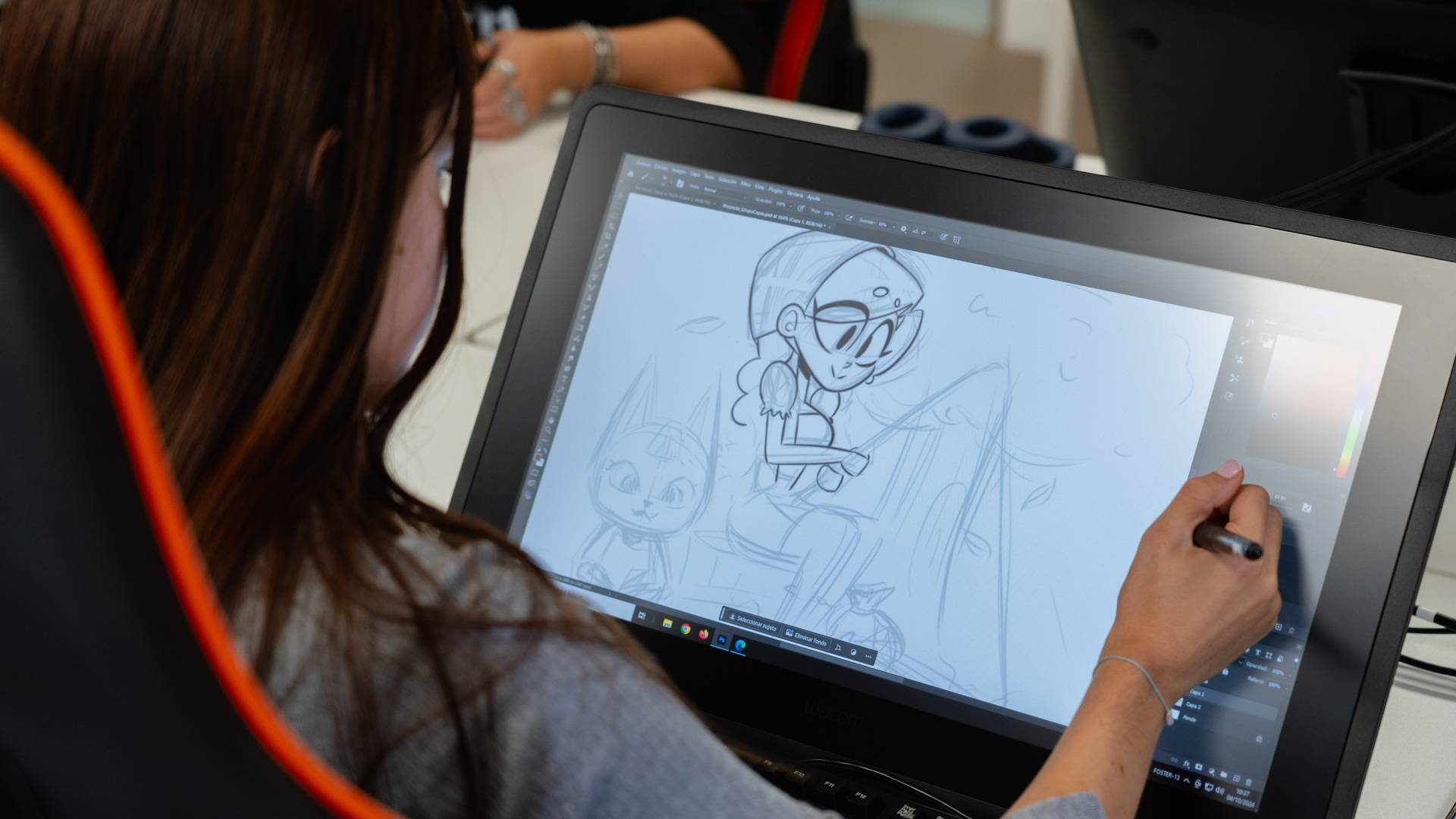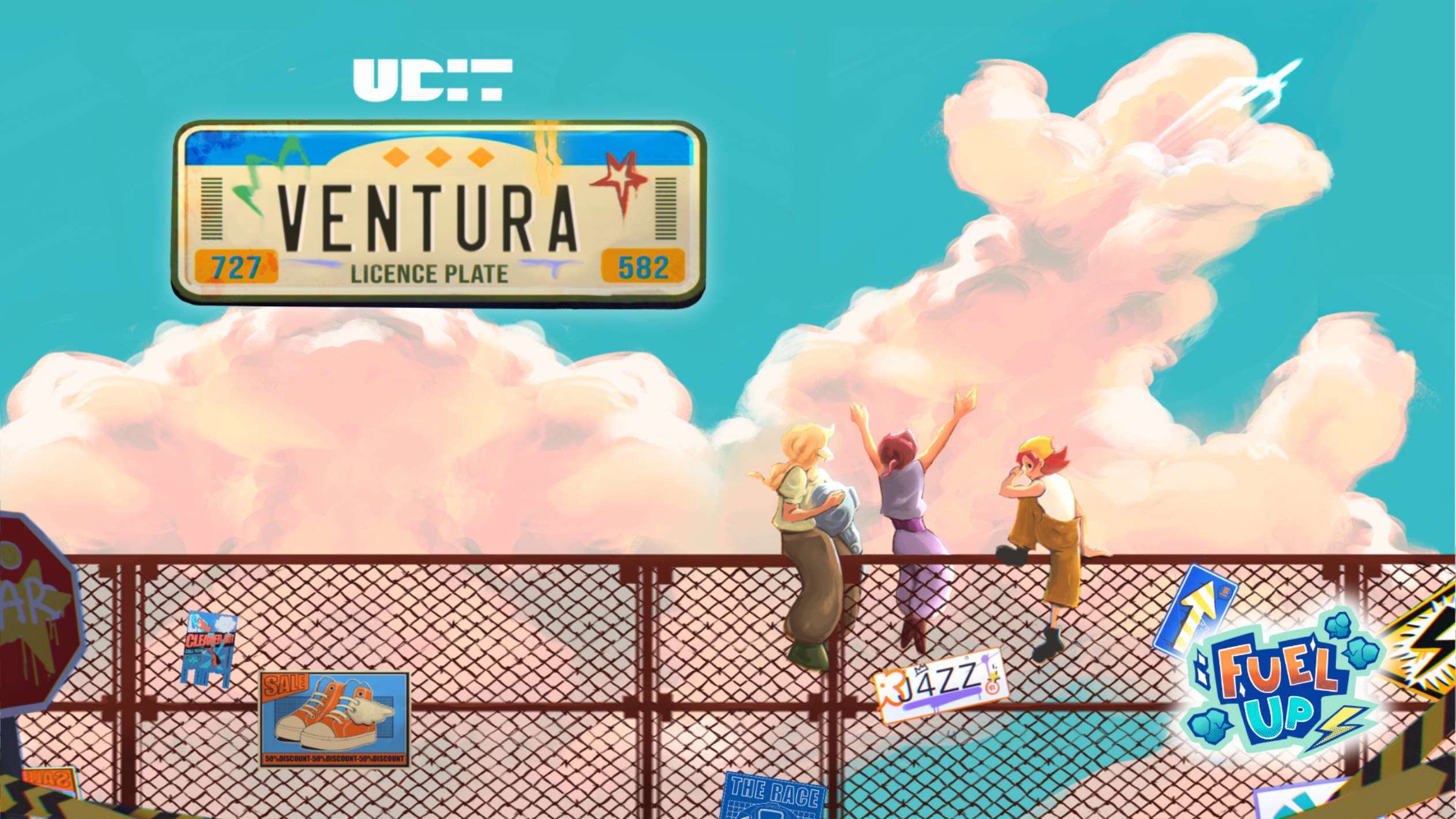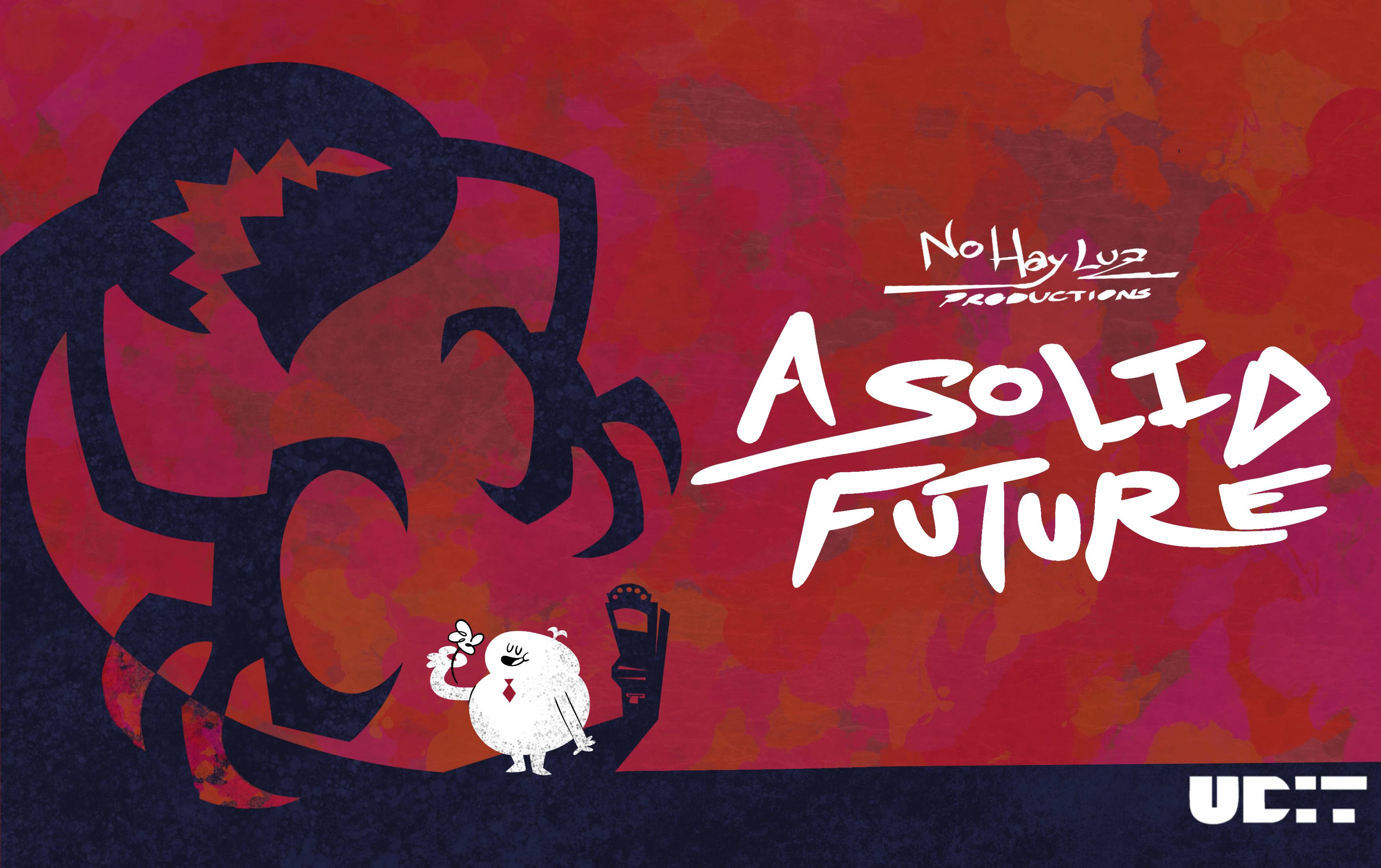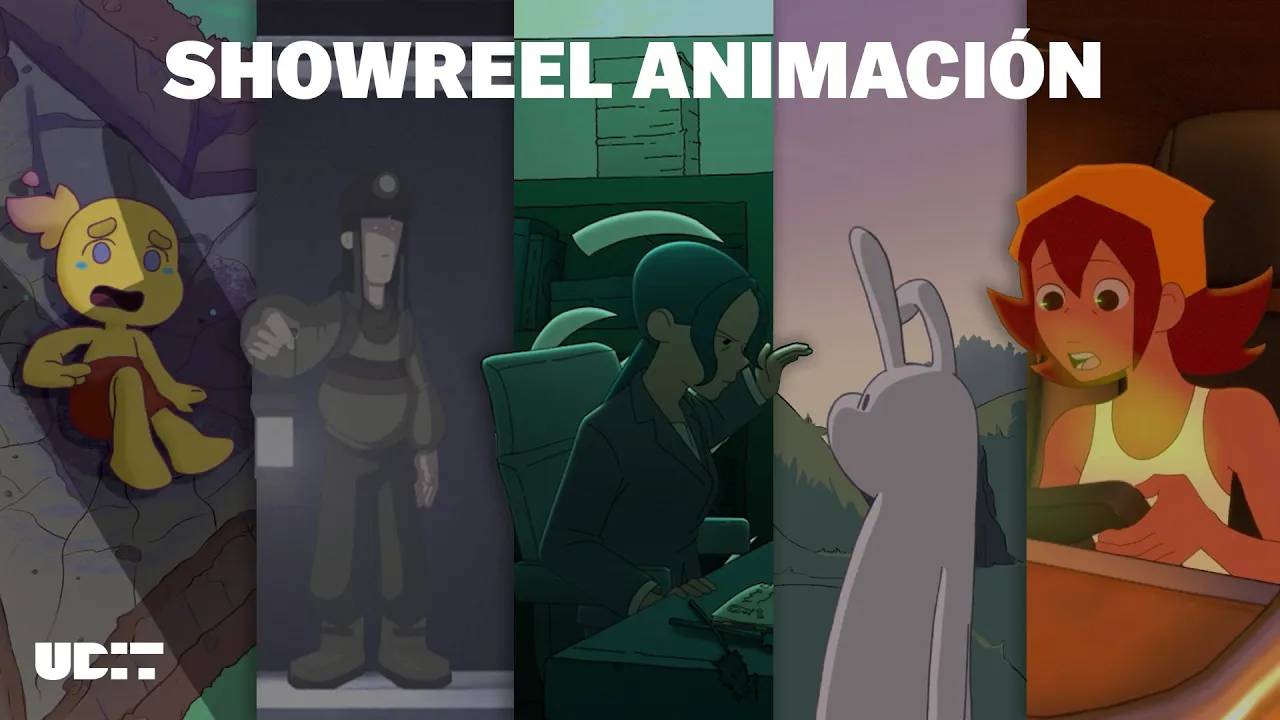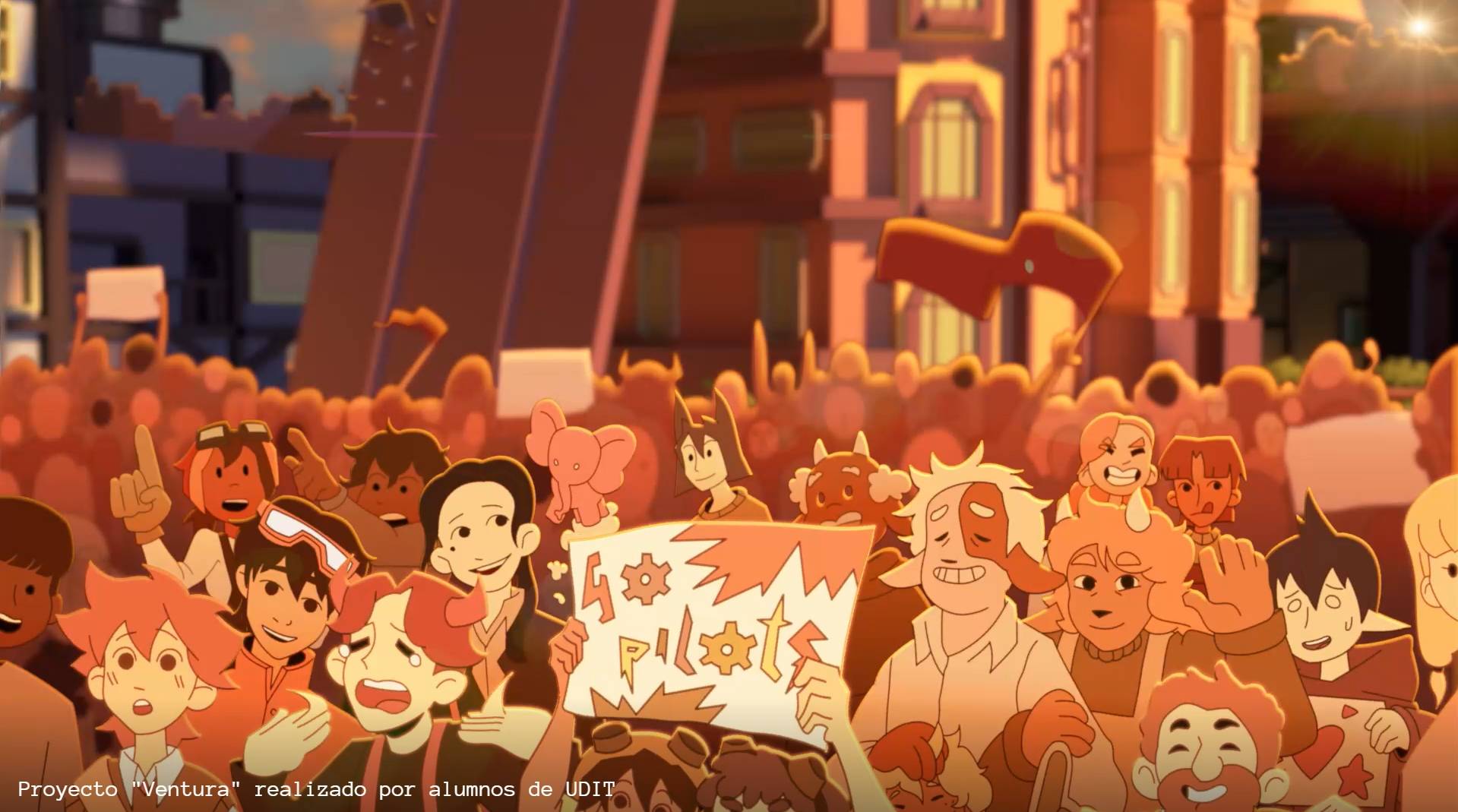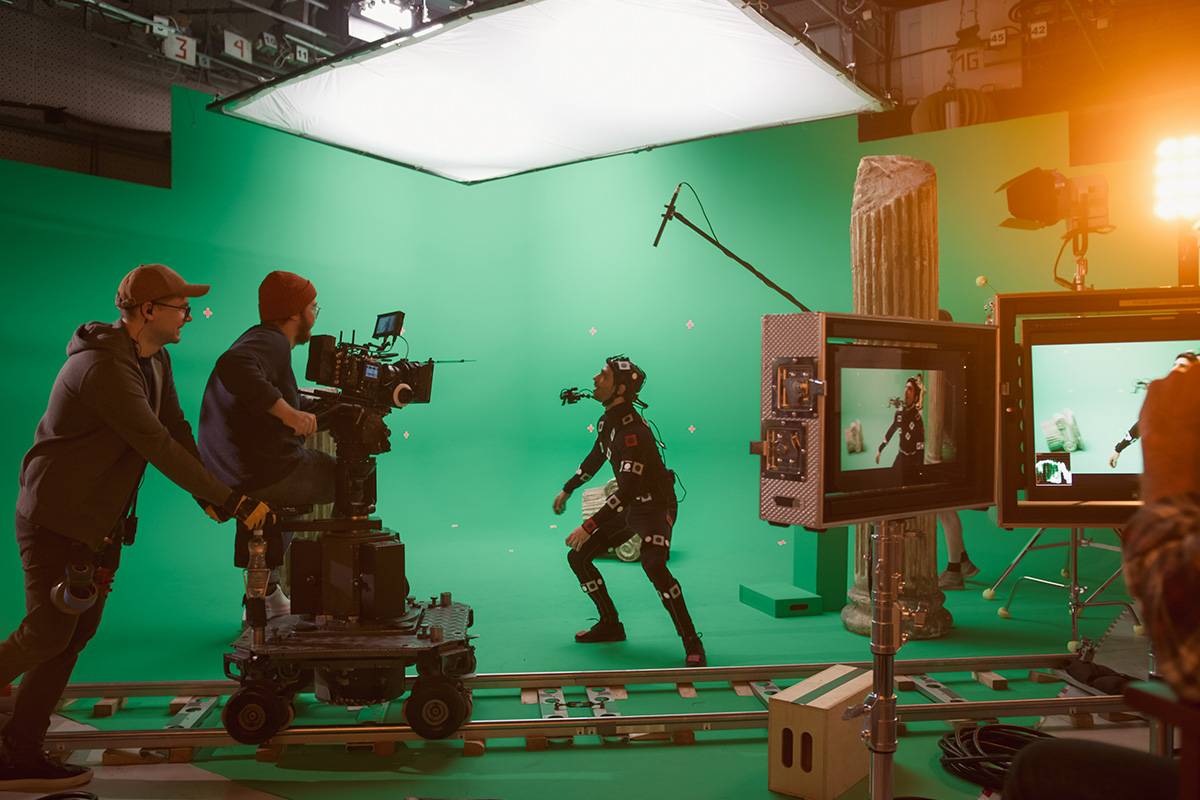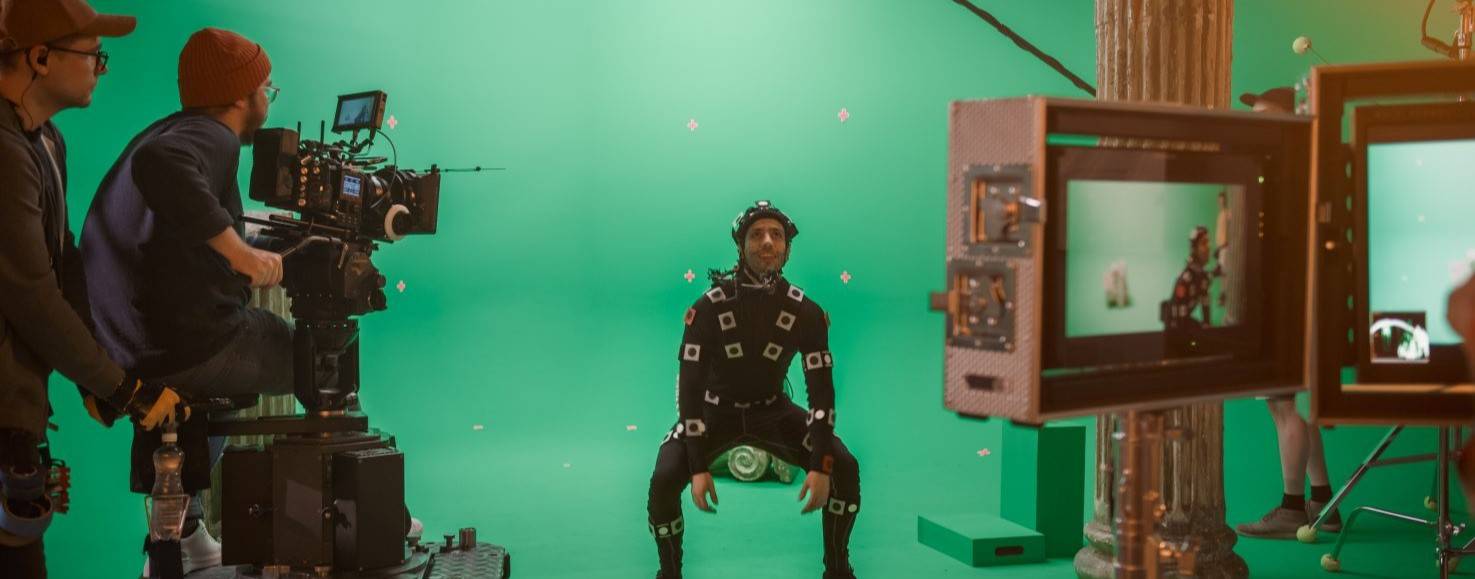2D and 3D animation, what are they and what are their differences?
Animation has been an art and communication form since the dawn of cinema, capturing the imagination of audiences of all ages. With the advancement of technology, animation has evolved significantly, dividing mainly into two categories: 2D animation and 3D animation. Each type has its own set of techniques, processes and applications that affect the way stories are told and characters are portrayed. In this article, we will explore in detail what 2D and 3D animation are, as well as their fundamental differences.
If you are interested in training as a 2D and 3D animator at UDIT we have the ideal training for you with our Bachelor's Degree in Animation where you will enter a creative and technical field that offers numerous career opportunities and exciting career opportunities. We are also a Toon Boom centre of excellence.
The world of animation, whether 2D or 3D, is full of possibilities and ranges from animated films and series to video games, advertising, education and much more.
Differences between 2D and 3D Animation
What is 2D Animation?
2D animation, or two-dimensional animation, is a technique that creates movement in a two-dimensional space. Using height and width, artists draw sequences of images (frames) that, when viewed in rapid succession, give the illusion of movement. This type of animation is the most traditional form and has been used in everything from early cartoons to classic Disney films.
What is 3D Animation?
3D animation, or three-dimensional animation, adds a third component to the animation space: depth. This allows characters and environments to be created with the appearance of volume and weight within a three-dimensional space. 3D animation has become hugely popular thanks to the film industry, with films such as Pixar's "Toy Story", which was the first film to be fully animated using 3D techniques.
Differences between 2D and 3D animation
Although both forms of animation seek to create the illusion of movement, there are significant differences in their execution and end result.
- Dimension and Perspective
The most obvious difference is the additional dimension in 3D animation, which allows for greater depth and realism. 2D animation is limited to two dimensions, which offers a distinct style that can be both a limitation and a stylistic advantage.
- Techniques and Tools
While 2D animation can be drawn with pencil and paper, 3D animation requires specialised software and more powerful hardware for modelling, texturing and rendering three-dimensional objects and characters.
- Learning Curve
3D animation generally has a steeper learning curve due to the complexity of the software and the need to understand three-dimensional modelling and animation principles. 2D animation can be more accessible for beginners, especially with the use of digital animation software.
- Style and Expressiveness
2D animation offers a unique style that is particularly appreciated in certain artistic and narrative genres. Its relative simplicity allows for greater expressiveness and stylisation. On the other hand, 3D animation is capable of producinghyper-realistic resultsthat are difficult to achieve in 2D.
- Applications
Both types of animation have applications in film, television, video games and advertising. However, the choice between 2D and 3D animation often depends on the tone and style that the creator desires for the project. 3D animation is often chosen for projects that seek a high degree of realism or for those that benefit from its ability to create detailed, three-dimensional worlds and characters. In contrast, 2D animation is preferred for more stylised or abstract narrative styles, or when a more traditional or nostalgic look is sought.
- Industry and audience impact
The choice between 2D and 3D also has a significant impact on the animation industry and audiences. 3D animation has dominated the box office in recent decades with big hits from studios such as Pixar, DreamWorks and Disney. This preference is due, in part, to the public's fascination with the realistic and detailed images that 3D animation can offer. In addition, 3D animation has foundextensive applications outside of entertainment, in areas such as simulation, architectural visualisation and medicine, thanks to its ability to create accurate and manipulable representations of three-dimensional objects and environments.
However, 2D animation remains a vibrant and evolving field, with a dedicated community of artists and supporters. In recent years, there has been a resurgence of interest in 2D animation, driven by the success of animated series for adults and children, as well as films that explore unique artistic styles. 2D animation offers a connection to traditional art and hand-drawn animation that many viewers and creators find irresistible.
Advantages and Disadvantages
Each type of animation has its advantages and disadvantages, which vary depending on the specific project and the goals of the creator.
Advantages of 2D Animation:
- Stylistic and Artistic: Allows for great artistic and stylistic freedom.
- Cost and Time: It can be less expensive and faster to produce, especially for projects with limited budgets or tight deadlines.
- Tradition: It has a rich history and legacy that many artists and audiences appreciate.
Disadvantages of 2D Animation:
- Spatial Limitations: The lack of a third dimension can be limiting for certain types of narratives or visualisations.
- Competitive Market: The dominance of 3D animation in certain market sectors can make it more difficult for 2D projects to stand out.
Advantages of 3D Animation:
- Realism and Depth: Ability to create realistic environments and characters with full depth and volume.
- Flexibility: Once the 3D model is created, it can be easily modified and reused.
- Broad Applications: Utility in a variety of industries beyond entertainment.
Disadvantages of 3D Animation:
- Cost and Resources: Generally requires more time and resources to produce, including specialised software and powerful hardware.
- Learning Curve: 3D animation software can be complex and require significant training.
Orient your future towards animation
The choice between 2D and 3D animation ultimately depends on the creative and practical goals of the project. Both types of animation offer unique opportunities for storytelling and the creation of imaginary worlds. While 3D animation offers realism and depth, 2D animation provides a distinctive aesthetic and a more direct connection to artistic traditions. In the future, we are likely to see continued evolution and experimentation in both fields, as artists and technologists explore new ways to combine these techniques to create novel and exciting visual experiences.
Animation is a fast-growing industry in the audiovisual entertainment market, and is in high demand in the world of work. With our Bachelor's Degree in Animation you will learn to create 2D and 3D animations, as well as cut-out techniques, Motion capture, script, concept art, production, post-production and VFX with renowned professionals in the animation sector.
In addition, we have more than 2,700 agreements with some of the best universities in the world of Design and Technology so that our students can incorporate international and multicultural experience into their time at university.
If you want to focus your training on Animation, don't hesitate to contact us. We will help you to resolve your doubts and accompany you in the process of choosing your future.
Do you want to know the 7 reasons why you should study 2D and 3D Animation?
Find out more
What is the job and what career opportunities does the Degree in Animation offer?


